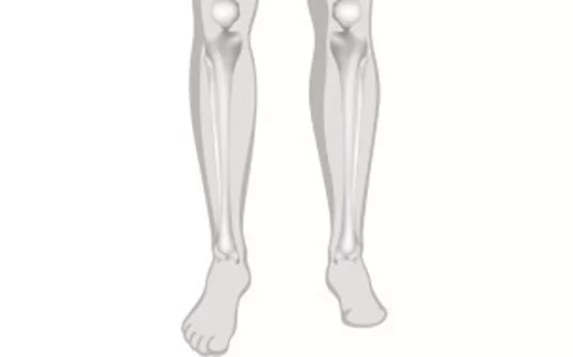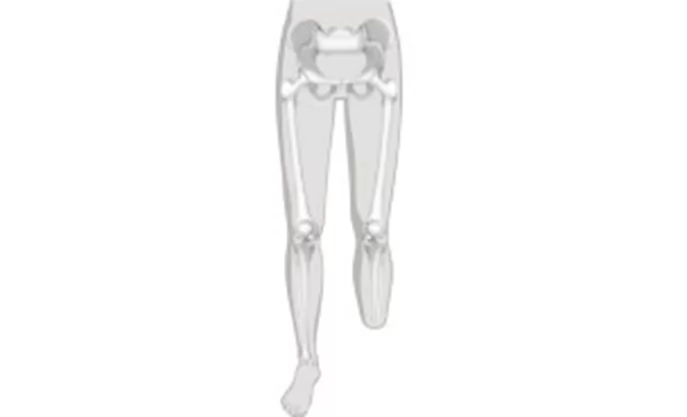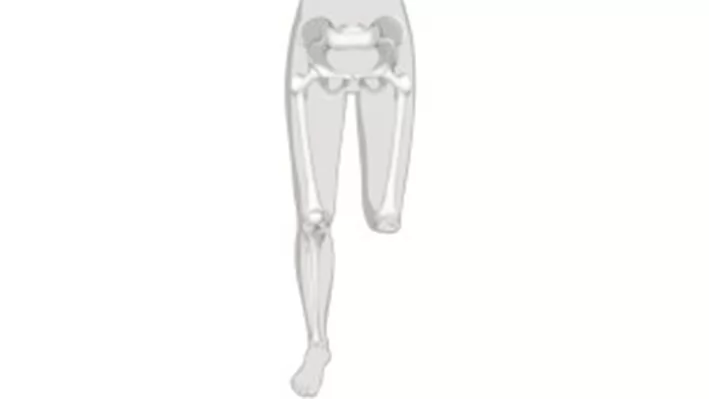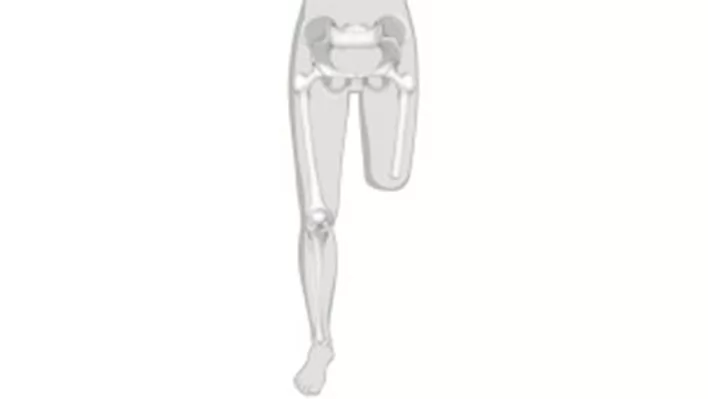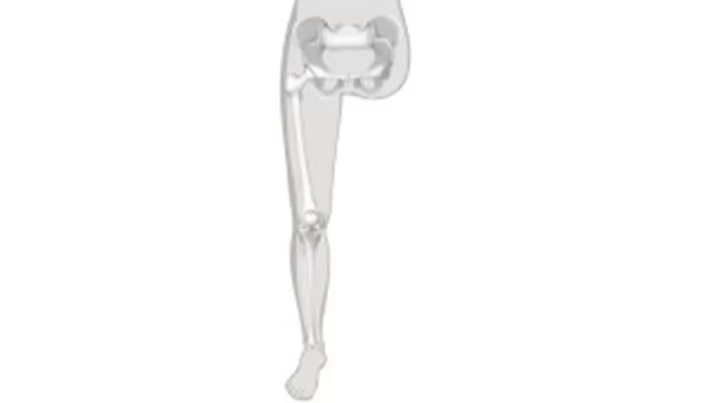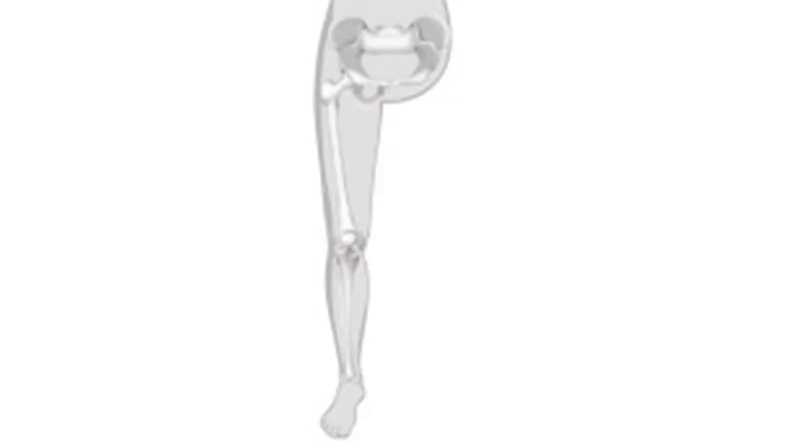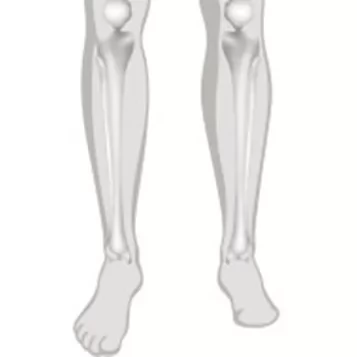Amputation Levels
Amputation Levels
WHAT IS AMPUTATION?
Amputation means the cutting of a limb. It is usually known as the surgical removal of a limb. However, in some cases, fingers, feet, or parts of a limb lose their vitality spontaneously. This is called auto-amputation, meaning spontaneous amputation.
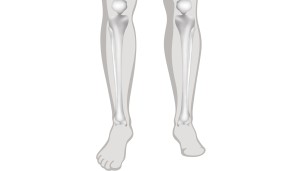
FOOT AMPUTATION
There are more than 12 different levels of foot amputation. In toe amputations, levels extend up to the ankle.
Silicone prostheses are used for prosthetic applications.
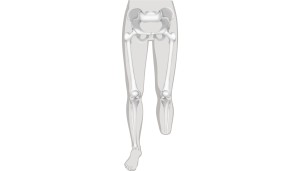
BELOW KNEE AMPUTATION (TRANSTIBIAL AMPUTATION)
In below-knee (transtibial) amputations, the tibia and fibula bones are separated.
Prosthetic feet, adapters, and connection parts to the prosthetic socket are required for the application. You can find information about these products here.
The socket is the part where the prosthesis attaches to the stump. You can find more information here.
The prosthesis is covered with a part called cosmetic cover to make it visually less noticeable.
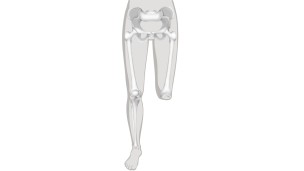
KNEE DISARTICULATION
In knee disarticulation, the lower leg is separated from the knee. The entire calf remains in place.
Prosthetic feet, adapters, and connection parts to the prosthetic socket are required for the application. You can find information about these products here.
The socket is the part where the prosthesis attaches to the stump. You can find more information here.
The prosthesis is covered with a part called cosmetic cover to make it visually less noticeable.
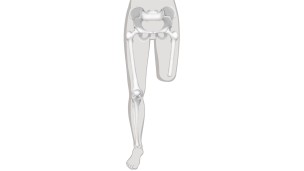
ABOVE KNEE AMPUTATION
In above-knee (transfemoral) amputation, or thigh region amputation, the femur is cut.
Prosthetic feet, adapters, and connection parts to the prosthetic socket are required for the application. You can find information about these products here.
The socket is the part where the prosthesis attaches to the stump. You can find more information here.
The prosthesis is covered with a part called cosmetic cover to make it visually less noticeable.
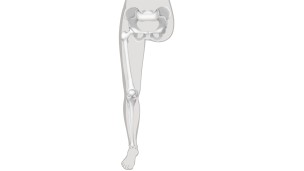
HIP DISARTICULATION
In hip disarticulation, the patient is amputated at the hip joint. In these amputations, the pelvis controls the prosthesis.
Prosthetic feet, adapters, and connection parts to the prosthetic socket are required for the application. You can find information about these products here.
The socket is the part where the prosthesis attaches to the stump. You can find more information here.
The prosthesis is covered with a part called cosmetic cover to make it visually less noticeable.
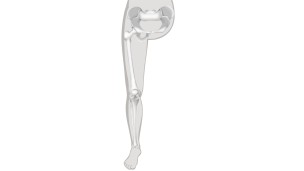
HEMIPELVECTOMY
In hemipelvectomy, the entire leg and part of the pelvis up to the sacrum are amputated. In this type of amputation, the pelvis is used to control the prosthesis.
Prosthetic feet, adapters, and connection parts to the prosthetic socket are required for the application. You can find information about these products here.
The socket is the part where the prosthesis attaches to the stump. You can find more information here.
The prosthesis is covered with a part called cosmetic cover to make it visually less noticeable.

